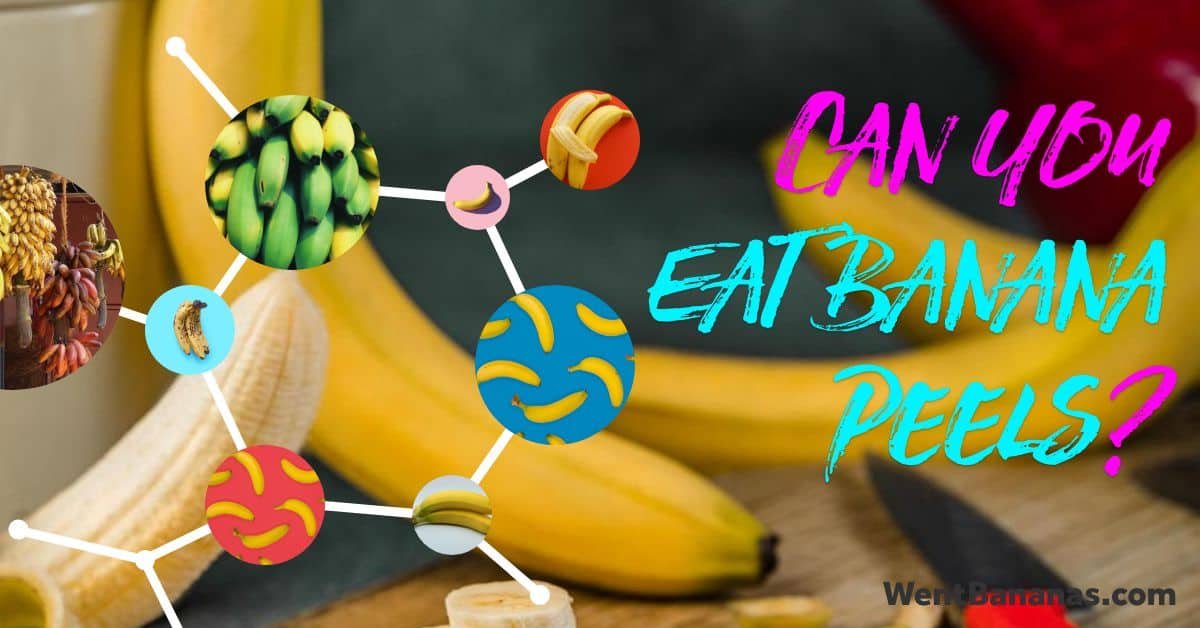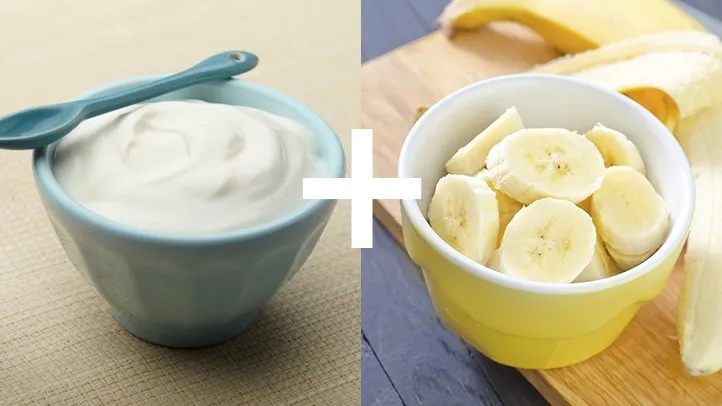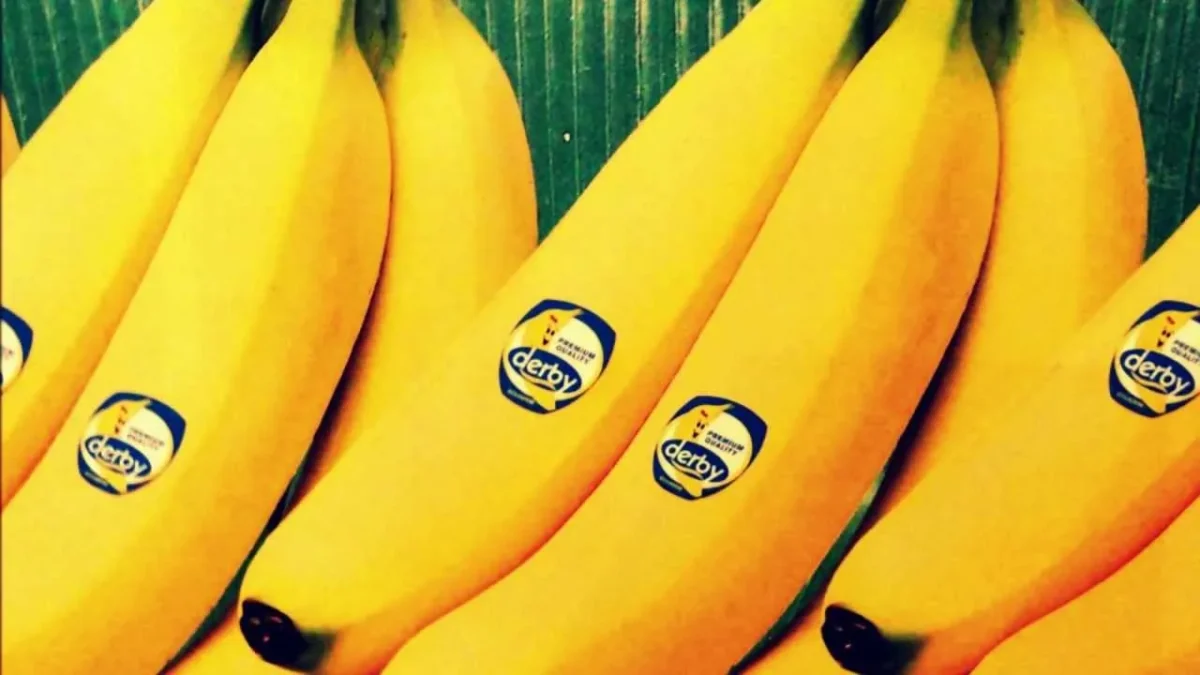We’ve all heard that banana peels are edible, but you may be wondering to what extent and in what ways they can be safely consumed. In this article, we’ll explore the safety, nutritional benefits, and preparation tips for eating banana peels. We’ll also cover some alternatives to consuming raw banana peels.

So if you’re interested in learning more about whether you can safely eat banana peels or not, read on!
What Are Banana Peels?
Banana peels are a thin, yellow skin that covers the banana fruit. They are usually discarded after eating the banana but may be edible when boiled and eaten in some cultures. The peel also contains dietary fiber and antioxidants which can provide numerous health benefits. Banana peels contain several important vitamins like Vitamin A and Vitamin C as well as minerals such as potassium, calcium magnesium, phosphorus, and zinc which help boost immunity and promote better digestive health.

Banana peels have been used historically for various household uses such as polishing silverware or cleaning leather furniture due to their mild abrasive properties. More recently they have gained popularity with gardeners who use them to keep weeds away by burying them at the base of plants or using it directly on top of soil beds to prevent weed growth without damaging beneficial insects or flora nearby. In addition to this, they can act as organic fertilizer while breaking down over time providing additional nutrients into soil content near areas where planted vegetables grow best.
The Safety of Eating Banana Peels.
Eating banana peels is becoming increasingly popular among health-conscious individuals as a nutritious and eco-friendly snack. While this may seem like an unconventional choice, it’s important to consider the safety of eating these peels.
Banana peels are packed with essential vitamins and minerals such as vitamin B6, magnesium, potassium, and fiber that can contribute to good overall health if consumed in moderation. However, they also contain oxalic acid which has been linked to kidney stones in some people if not properly cooked or prepared ahead of time for consumption. That said, boiling peeled bananas before consuming them is one way to reduce the risk associated with oxalic acid exposure from raw banana peel ingestion. With proper preparation techniques applied before enjoying a meal made up mostly of boiled banana skins/peelings alongside other fruits or vegetables – there’s no reason why you shouldn’t enjoy this healthy treat!
Nutritional Benefits of Eating Banana Peels.
Eating banana peels can provide several nutritional benefits that may not be immediately obvious. Banana peels are rich in dietary fiber, vitamins, and minerals such as potassium, magnesium, and vitamin C. They are also a good source of folate and antioxidants which can help to reduce inflammation associated with certain chronic conditions like diabetes or arthritis.
Banana peel is also an excellent source of carotenoids – primarily lutein — which plays a key role in eye health by protecting the retina from oxidative stress-induced damage due to sun exposure or age-related vision loss. Furthermore, it contains phenolic compounds with antioxidant activity that may protect against some types of cancer development while promoting overall digestive health thanks to its prebiotic effect on gut bacteria populations.
In addition, consuming banana peels helps reduce food waste since they would otherwise go unused; plus their consumption could replace more expensive supplements for those looking for natural sources of essential nutrients at little cost. Therefore, nutritionists often recommend eating both the fleshy part along with the peel in order to maximize potential nutrient intake from this wholesome fruit!
Tips for Preparing and Consuming Banana Peels Safely.
Banana peels are an underrated health food that can provide a variety of essential vitamins and minerals. Eating banana peels is becoming increasingly popular, but it’s important to take the necessary precautions when preparing and consuming them. Here are some tips for ensuring safe consumption:
1. Peel your banana carefully – Make sure you wash your hands before handling the peel and cut away any brown spots or bruises on the skin before eating it.
2. Cook properly – If you choose to cook with your banana peel, make sure to thoroughly boil or steam until all of its fibers have softened up fully, as this will reduce any chances of irritation in your throat and digestive system while also making it easier on digestion in general;
3. Use ripe bananas only – Ripe yellow-green colored bananas should be used for optimal nutrition benefits since they contain more vital nutrients than those still unripe (with green skins). Overly ripe fruits should be avoided however as their sugar content can lead to other issues like diabetes or obesity if consumed too often;

4 Don’t consume large amounts – Since excessive intake may cause stomach discomfort due to their high fiber content so limit yourself from taking more than one cup per day at most!
Alternatives to Consuming Raw Banana Peels
Many people are unaware of the variety of alternatives to consuming raw banana peels. Although banana peels can provide a good source of fiber, vitamins B6 and C, magnesium, and potassium when eaten in moderation, there are other ways to enjoy the fruit’s peel without having to consume it raw.
One option is roasting or baking them with some spices such as cinnamon or nutmeg for added flavor. This makes an excellent snack that provides many nutritional benefits while taking advantage of all aspects of the fruit—not just its fleshy interior. Another alternative is making chips out of them by slicing them thin and deep-frying until crispy; this way you get both crunchiness plus nutrition from your snack! For those looking for something savory rather than sweet, they can add olive oil and herbs before putting them into the oven so that they come out with a delicious herbal aroma that will tantalize their taste buds! Last but not least you could also try drying your banana skins in an oven at very low temperatures (around 100-125 degrees Fahrenheit) until brittle; this process takes longer but produces a product similar to jerky which has high fiber content yet still maintains its natural sweetness from bananas themselves!
Our Final Thoughts
In conclusion, eating banana peels can provide some nutritional benefits, but it also comes with potential risks. The best way to decide if consuming raw or cooked banana peels is right for you is by consulting a doctor or dietitian. If you decide that eating banana peels isn’t something that works for your diet and lifestyle, there are still other ways to consume the beneficial nutrients in bananas without the risk of foodborne illness associated with the raw consumption of their peelings. So if you’re looking for a delicious and nutritious snack option – be sure to try it out now!







